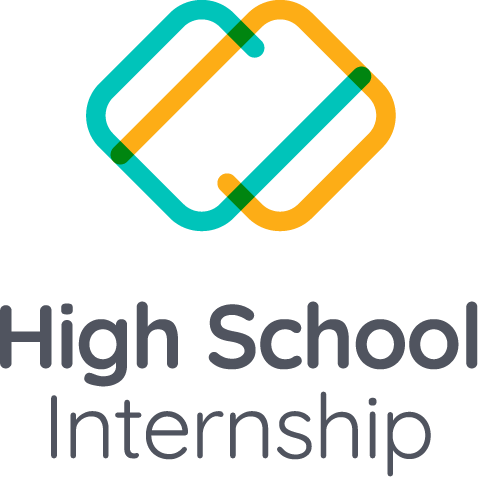Technology has become an integral part of the education system, and for many students, it is their primary way of learning. However, not all students have equal access to technology due to disabilities. This can put them at a disadvantage in school and beyond. Today we’ll discuss the importance of technology accessibility for all students and what schools and educators can do to improve access for all learners.
One of the most important things schools can start doing to improve technology accessibility is to provide all students with the necessary tools and resources. This includes ensuring that all students can access computers, tablets, software, and other digital resources. Additionally, schools should train teachers on how to use technology inclusively. By providing these tools and resources, schools can ensure that all students have the opportunity to learn and succeed.
In addition to providing the necessary tools and resources, schools should also create an environment that is welcoming and inclusive for all students. This includes creating a safe and supportive space for all learners. Additionally, schools should provide educators with the training they need to effectively support all students. By providing the necessary tools and resources and creating an inclusive environment, schools can help all learners succeed. However, some barriers still prevent many students from accessing technology equally.
One major barrier to technology accessibility is the cost of devices and software. Many students cannot afford to purchase their computers or tablet, so they are disadvantaged when using technology in school. Additionally, some software and apps can be expensive, and not all families can afford to purchase these resources. To improve accessibility for all students, schools should provide devices and software for all learners. Additionally, schools should offer discounts or free trials of expensive software and apps so that all families can access these resources.
Another barrier to technology accessibility is educators’ lack of training and support. Many teachers are uncomfortable using technology in their classrooms, so they cannot effectively support all students. To improve accessibility for all learners, schools should train teachers to use technology inclusively. Additionally, schools should provide support for teachers so that they can effectively help all students learn.
Technology accessibility is an important issue for all students. By providing the necessary tools and resources and creating an inclusive environment, schools can help all learners succeed. However, there are still some barriers that prevent many students from having equal access to
Do you have any tips on how to improve technology accessibility in schools? Share your thoughts in the comments below!

